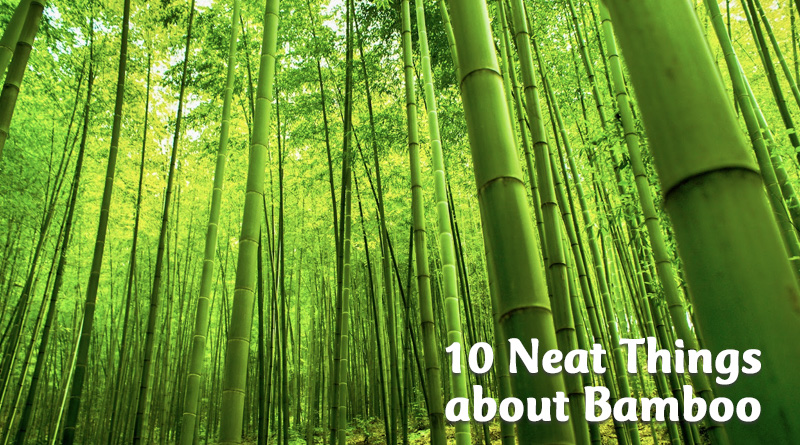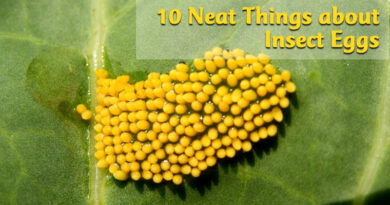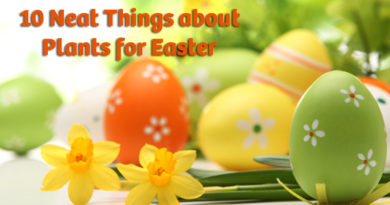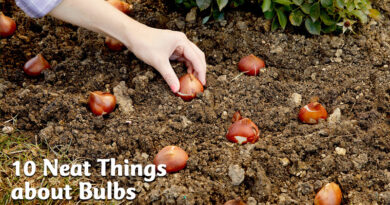About Bamboo

1. Grass or wood?
Bamboo (Bambusa) is a flowering perennial evergreen plant from the grass family. Although it’s considered a flowering grass, the fact is it blooms infrequently. There are even some species that only flower every 65 to 120 years. Phyllostachys bambusoides, also known as Japanese timber, has the longest flowering interval ever recorded of 130 years.
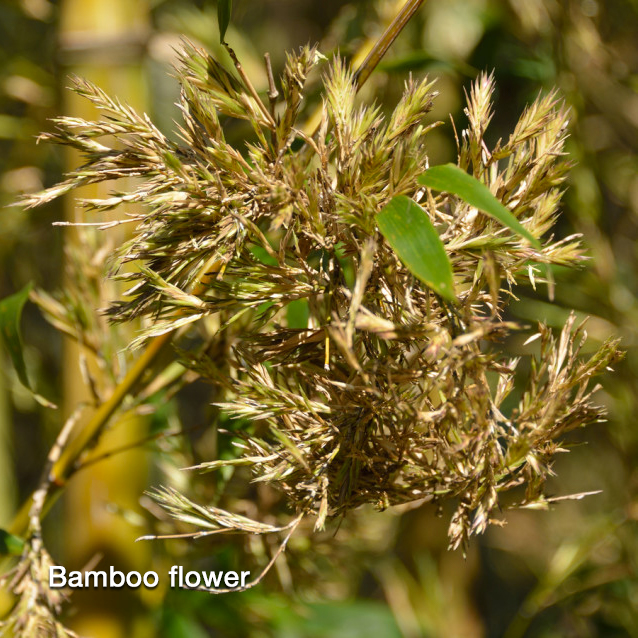
2. To bloom or not to bloom?
Bamboo also exhibits mass flowering where all plants of the same species flower simultaneously on a global scale. Any particular stock, coming from the same rhizome, flowers at the same time around the world, irrespective of the plants’ geographic location or climatic condition. Some species, however, die after they flower.
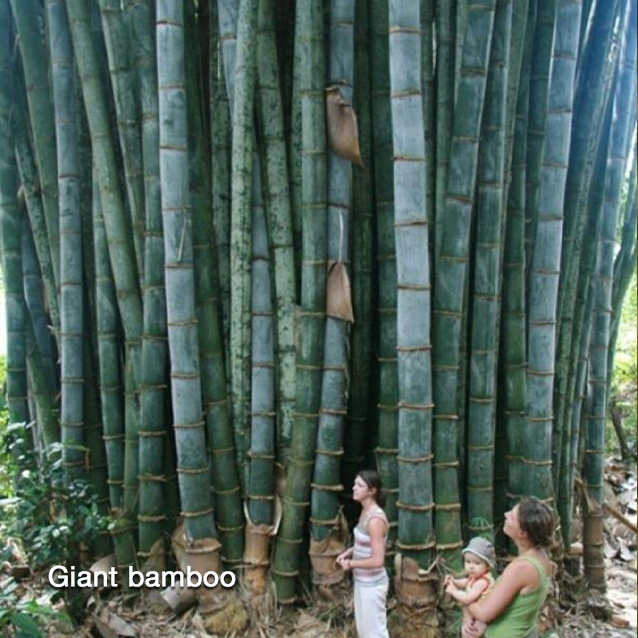
3. How high can you grow?
Bamboo is the fastest growing plant in the world, due in part to a unique rhizome-dependent system, with reported growth rates of 40 inches in a 24-hour period. Growth, however, depends on species and growing and soil conditions.
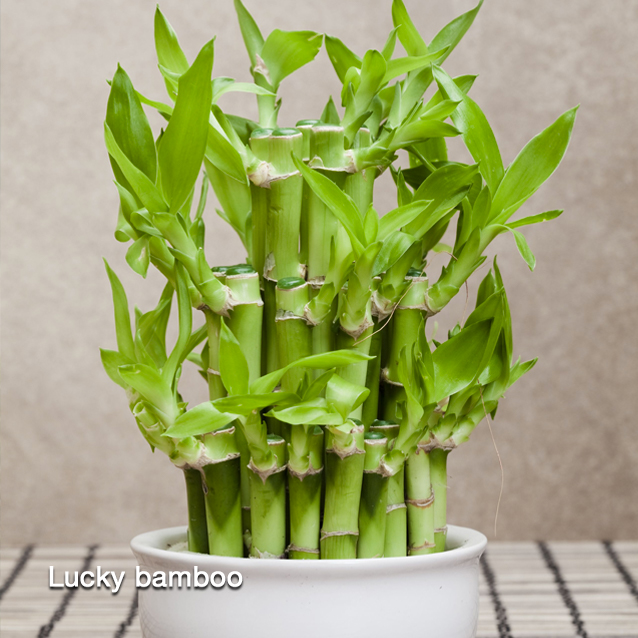
4. Lucky or not.
The ornamental plant known as lucky bamboo is actually not a bamboo. Dracaena sanderiana is in fact a member of the asparagus family and grows in the dark tropical rain forests of Asia and Africa. It’s a long time essential for feng shui.
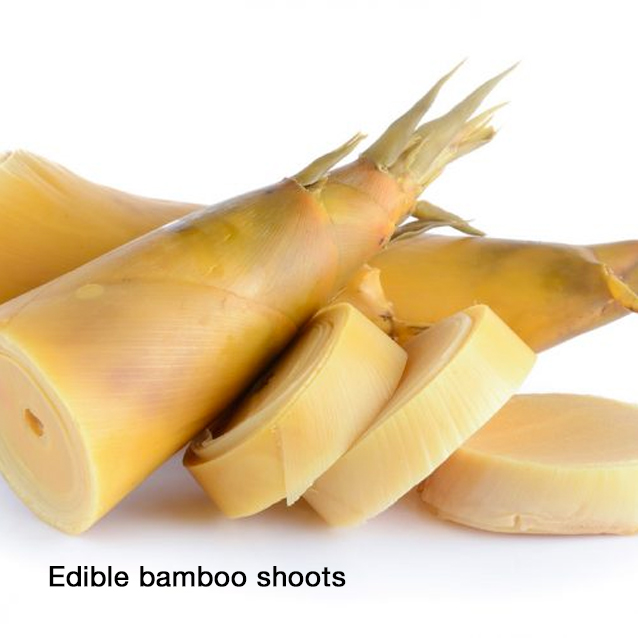
5. To live or die by bamboo.
New shoots of bamboo contain a toxin, taxiphyllin (a cyanogenic glycocide), that produces cyanide in the gut, but with correct processing it can be edible. They are used in many Asian dishes and broths, available in supermarkets in numerous forms, both fresh and canned. It is also used in Chinese medicine for treating infections and healing.
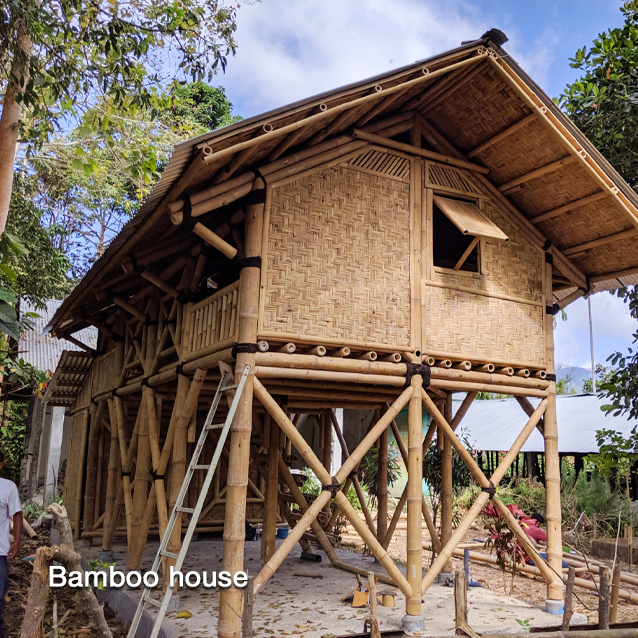
6. I’ll huff and I’ll puff but you won’t blow me down.
Bamboo, is a natural composite material, which has high strength-to-weight ratio. It is considered very suitable for framework and design. Its versatility as an assembly material, from roofing to scaffolding and houses, is seen in many construction developments in South Asia, East Asia and South Pacific.
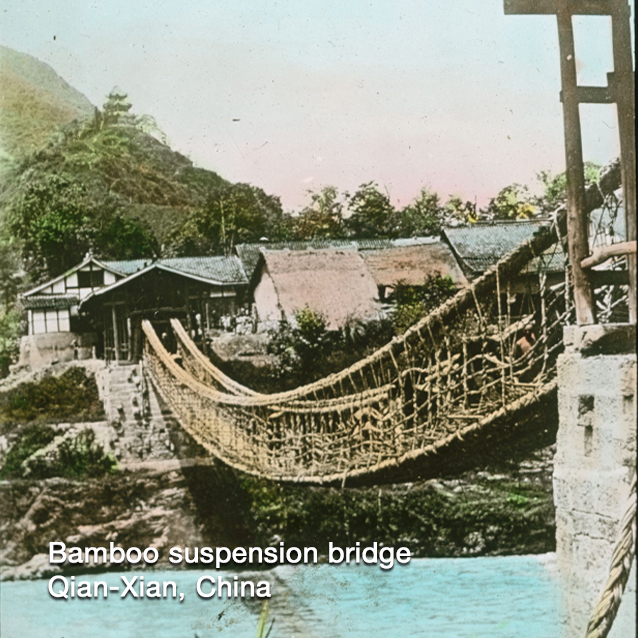
7. Bridging the gap.
A bamboo bridge in Qian-Xian, China dates back to AD 960 and possibly further back to the third century BC due largely to continuous maintenance.
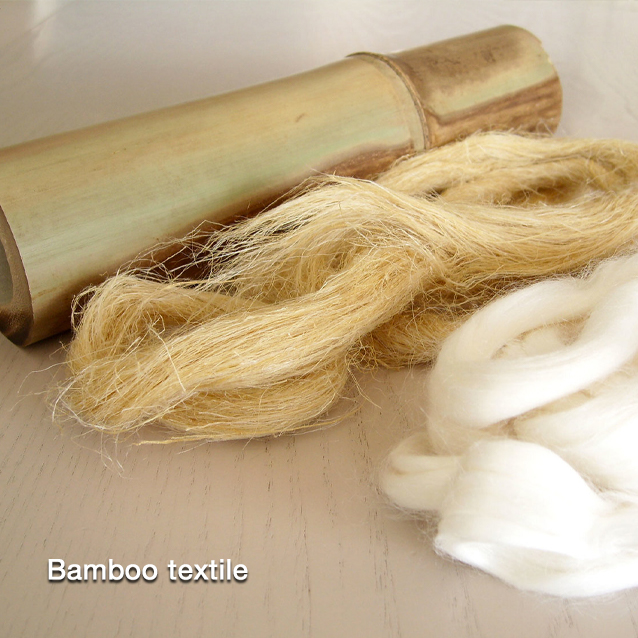
8. Am I really wearing bamboo?
The fibres are very short (less than three millimetres) and are not transformed into yarn naturally. The process of producing textiles, labeled “bamboo fabric” for the purpose of cashing in on its eco-friendly cachet, is by draining rayon from the fibres with chemical enhancements. But since mid-2009, the Canadian Competition Bureau has been clamping down on the practice of labeling the rayon as natural bamboo fabric. Under its guidelines, these particular products must be labeled as rayon with the qualifier “from bamboo”.
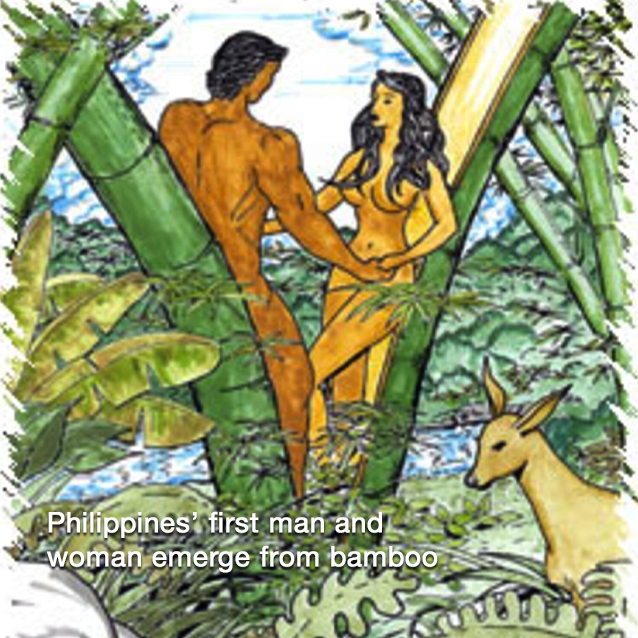
9. Am I grass or am I human?
Many Asian cultures, including that of the Andaman Islands, believe humanity was created from a bamboo stem. In Philippine mythology, “Malakas” (strong) and “Maganda” (beautiful), the first man and woman, are believed to have emerged from the same bamboo stem after the battle between the sky and ocean. In Malaysia, a similar story unfolds by which a man, while sleeping under a bamboo plant, dreams about a beautiful woman. He wakes up, breaks the stem and finds the beautiful woman inside. From Japan to Hawaii, there are many other fables about bamboo.
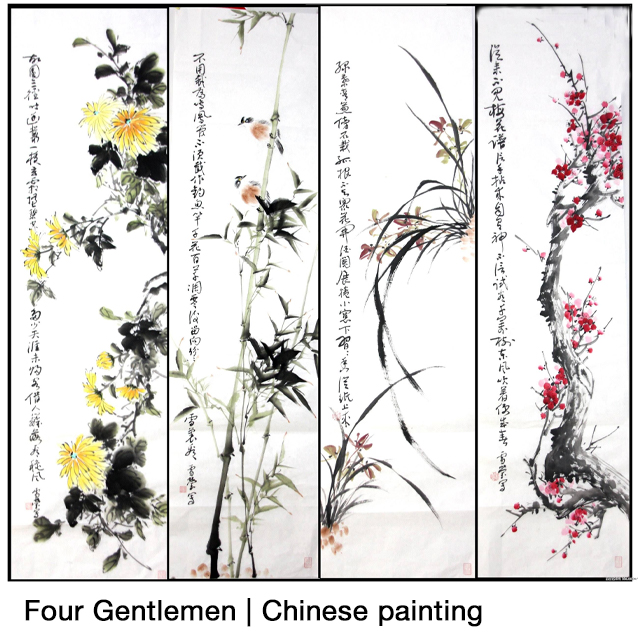
10. At last a real gentleman.
As one of the “four gentlemen” (bamboo, orchid, plum blossom, chrysanthemum), bamboo plays an important role in Chinese culture. Chinese poets wrote poems praising bamboo and how it embodied many human characteristics. It represents many qualities, such as honour and persistence. People bestow bamboo with the qualities of truthfulness, beauty and simplicity, though not physical strength.
~ Ian Leatt
Copyright© Pegasus Publications, Inc.

